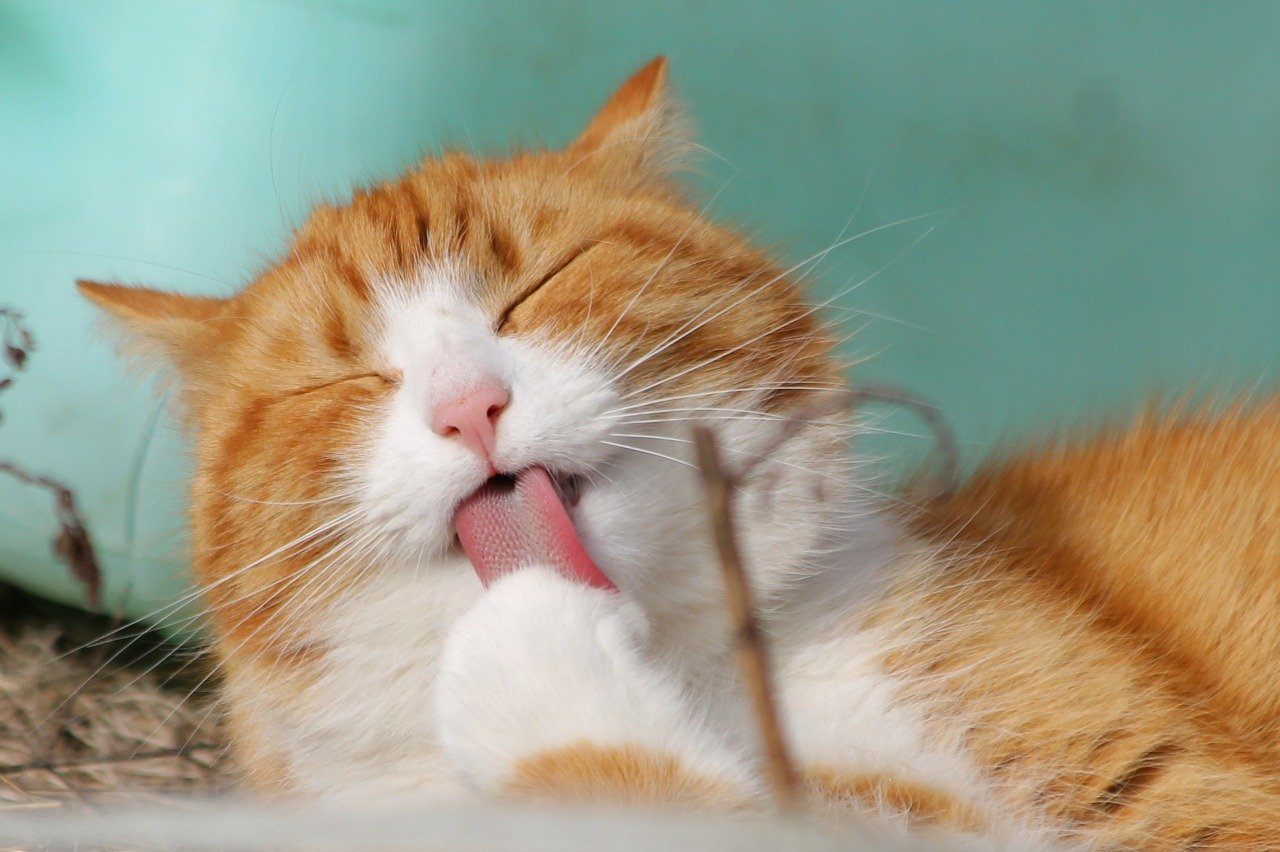You really do not want to make mistakes in your cat’s flea treatments, If you make mistakes, you are not just prolonging your cat’s flea problem. You are also putting your cat at risk of allergic reactions, overdosing, toxicity, and other problems. Here are some common mistakes in cat flea treatments.
8 most common mistakes in cat flea treatments
Here are the most common mistakes in treating cats with fleas, so you can avoid putting your cat at risk:
1. Not consulting a veterinarian is the most common mistake in cat flea treatments
The best way to ensure the effectiveness and safety of your cat flea treatment is to consult a veterinarian. Treating cat fleas can get complicated, especially when you are taking into consideration allergies, sensitivities, and underlying health conditions. The veterinarian can also prescribe medications that are not readily available over the counter. These medications are stronger and more capable of treating cat fleas compared to general medications that you can buy over the counter.
The veterinarian can also guide you in controlling your cat’s environment, particularly in cleaning pet bedding and human furniture. This meticulous approach to cat flea treatment makes the process even more effective. The veterinarian can also guide you in preventing cat fleas from coming back. There is just no downside to consulting a medical professional.
2. Relying on ineffective products
Cat flea treatments can have side effects. Even FDA-approved treatments have them. But if you use the treatments effectively and safely, at least the risk of side effects is worth it because you are surely eliminating cat fleas. That’s the best thing about using effective products.
Thankfully, effective cat flea treatments are easily accessible. You can get them over the counter, usually in the form of lotions, shampoos, and spot-on treatments. You can also get them as a prescription, usually with stronger ingredients like imidacloprid, selamectin, and spinosad.
Home remedies are the ones you should avoid. They can work, but they have limited effectiveness. And they can also put your cat in unnecessary danger. Some of the most commonly suggested home remedies are diatomaceous earth, essential oils, and lemon and vinegar sprays.

3. Using dog flea treatments
One of the most common mistakes in cat flea treatments is not using a cat flea treatment outright. Some people just go to the grocery store or pharmacy and buy whatever flea product is available. But what they don’t know is that you can’t use dog flea treatments on cats.
Dog flea treatments usually contain ingredients like permethrin. Dogs are okay with this ingredient. But cats can be very sensitive to it and all its variants. When cats end up ingesting or getting exposed to these ingredients, they may experience a variety of side effects, such as diarrhea and vomiting.
Don’t underestimate flea treatment allergy and poisoning. They can be serious enough to hospitalize or kill your cat. If you see symptoms, get medical attention immediately.
4. Trying multiple treatments at once
There are many cat flea treatments you can try. You have flea collars, powders, sprays, and spot-on treatments. And you also have treatments that can be taken orally, such as flea tablets. If you are not getting guidance from a veterinarian, it’s best to only use one cat flea treatment at once.
There are many problems in using multiple cat flea treatments simultaneously. Your cat will experience an increased risk of allergic reactions and irritation. This is all thanks to the different kinds of chemicals she is subject to. There is also the issue of chemical interactions. This can lead to unpredictable outcomes, including the treatments becoming ineffective.
Perhaps the biggest risk of all is overdosing and toxicity. If you are subjecting your cat to multiple active ingredients at once, you can overdose a cat on certain chemicals.
5. Ignoring age and weight restrictions
Cat flea treatments are formulated to cater to different age and weight restrictions. Cats in different age and weight groups have different needs. For instance, kittens are not yet fully mature, so they are more vulnerable to certain chemicals. Heavier cats may also need more of the chemicals, and if they don’t get the right amounts, you may end up underdosing and making the treatment ineffective.
To cater to age and weight restrictions, cat flea treatments differ in application methods, chemical concentrations, and ingredients. Thankfully, there are labels on the packaging of cat flea treatments even those found over the counter. Make sure the ones you are buying fit your cat’s age and weight group. And if you can’t make sure on your own, you can always consult a veterinarian.

6. Giving the wrong dosage
Giving the wrong dosage is one of the most crucial mistakes you can do in cat flea treatments. It’s a surefire way to not get rid of the fleas and put your cat at risk at the same time. Cat flea treatments are designed to work optimally at a specific dosage. If you give the wrong dosage to your cat, she can experience overdosing or underdosing.
In overdosing, your cat can experience adverse reactions like poisoning and toxicity. This can be harmful and even life-threatening. In underdosing, the cat flea treatment can become outright ineffective.
Remember that dosages and cat flea treatment guidelines are created by the manufacturer based on extensive research and development. If you don’t follow the proper dosage, you may not get the desired effect or the guarantees offered by the manufacturer.
7. Not doing follow-up treatments is another common mistake in cat flea treatment
Some people wonder why their cat still has fleas even after undergoing cat flea treatment. Here’s the answer — they probably didn’t do follow-up treatments. Fleas have four life stages — the egg, larva, pupa, and adult stage. Unfortunately, most cat flea treatments can only deal with specific life stages, particularly the adult stage.
You may see some improvement in your cat when you see no adult fleas anymore, but you will notice a resurgence in the infestation once the eggs, larvae, and pupae develop into adults. This revitalized infestation can even be worse than the initial one as the newly developed adults develop treatment resistance.
Thankfully, cat flea treatments contain instructions for the initial treatment and subsequent follow-up treatments. Make sure to follow them diligently.
8. Ignoring your cat’s surroundings
One of the mistakes you can do in cat flea treatments is ignoring your cat’s surroundings. This is another reason why fleas seem to be persistent, no matter how effective you think your cat’s flea treatment is. Fleas can be found in your bed, carpet, pet bedding, and other furniture. You can kill all the fleas on your cat. But she will only be reinfested by the fleas in her surroundings. Make sure to vacuum and wash these items, especially those that your cat frequents.

